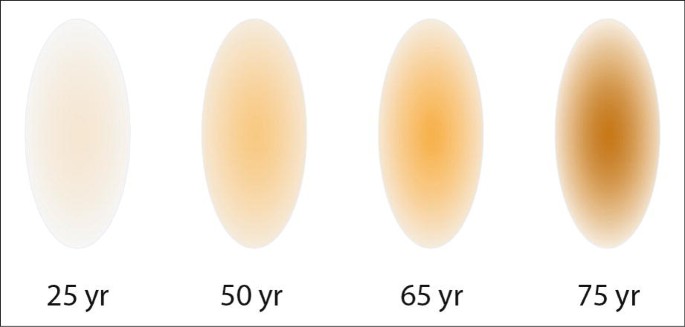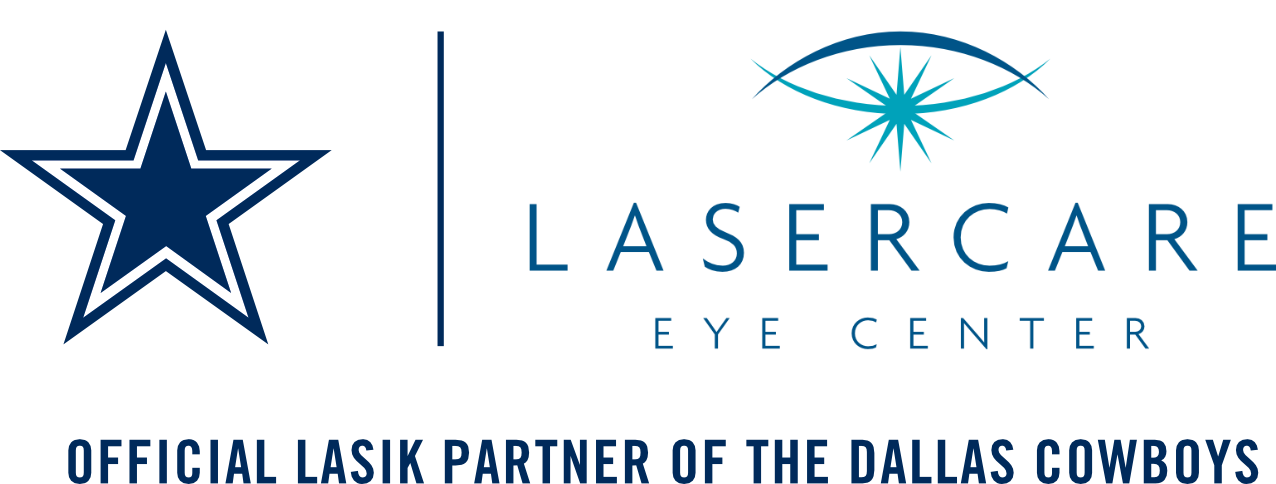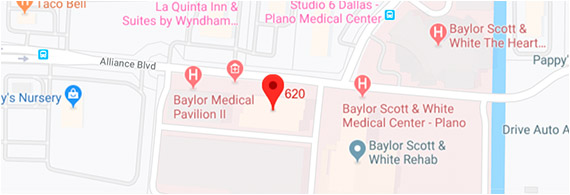Aging of the Eye
Aging of our Eyes
- From birth to our late 30’s, the natural lens inside of our eye is clear and soft. The lens is able to change shape to allow us to see far and near.
- As we age, the natural lens deteriorates in two ways:
- Clouding of the lens of the eye.
- The lens loses elasticity and becomes firm, which results in decreased accommodative or focusing power.
Clouding of the Natural Lens of the Eye
- As we enter the age 40, the natural lens starts to deteriorate by becoming firm. This results in decreased focusing power, which results in near vision becoming mildly challenging.
- This early degradation is called Presbyopia.
- With aging, the natural lens becomes firm and cloudy, which is termed cataract formation.
- When the cataract is so firm and cloudy to be useful for daily activities, the patient is said to have a visually significant cataract.
- The transition from Presbyopia to visually significant cataract is sometimes called Dysfunctional Lens syndrome (DLS). It is a gradual process and varies from patient to patient.
- The picture below of the natural lenses from cadavers show that even though cataracts are quite dense at age 75, there is subtle yellowing of the lens as early as age 25.
- Clearly by age 50, there is significant clouding of the lens. This is why the CLEAR Vision correction procedure is offered for patients over age 45.

Loss of Focusing Power with Age
For patients in their 40’s and 50’s, the most common complaint is that of a loss of ability to accommodate or focus to see near objects. As you can see on the graph below, accommodation drops precipitously from age 40 onwards.

- When we are children, we can focus on an object as close as a few inches in front of our face. This is because we have 10 or more diopters of accommodating power.
- At age 40, our accommodation drops below 6 Diopters and this is when we first start needing reading glasses.
- By age 50, accommodation, on average, drops below 2 Diopters and this is when reading glasses are required for both near (reading) and intermediate (computer) distance.
- Obviously everyone’s experience with DLS is different, but the graph shows the persistent degradation in our ability to focus.
The most common Laser Vision Correction procedures such as LASIK, SMILE and PRK are static procedures. But one of the few guarantees in life is that, if we live to be old enough, every one of us will eventually develop a cataract.
The Symptoms of Each Stage of DLS (Dysfunctional Lens Syndrome)
Stage 1: Presbyopia. This typically starts in the early 40’s.
- In the early phase of DLS Stage 1 (age 40-45), the patient can use one power of reading glasses to see objects at near (reading) and intermediate (computer) distance.
- How do we adapt: Most patient hold near objects further away or start wearing reading glasses.
- Patients with mild nearsightedness learn to remove their glasses to see.
- Best Surgical Solutions: Full correction LASIK/SMILE vs Monovision LASIK/SMILE.
Stage 2: Lens Opacity and Aberrations. This typically occurs between age 45 to 60.
- In this latter phase of DLS, the natural lens of the eye gets progressively firm and starts becoming cloudy.
- These changes cause aberrations in vision, which may manifest with worsening night vision.
- In regards to near vision, the patient finds they need two powers of reading glasses: one for near distance objects and one for intermediate distance objects.
- How do we adapt: Most patients will give up on reading glasses and resort to wearing progressive bifocal glasses full time. They may avoid night driving.
- Best Surgical Solutions: The Clear procedure vs Full correction LASIK or SMILE vs Monovision LASIK or SMILE.
Stage 3: Visually significant Cataract: This typically starts over age 65.
- In this last phase of DLS, the lens becomes maximally firm and cloudy and the lens is no longer able to transmit light for useful vision.
- Symptoms include:
- Glare, starbursts and halos around lights at night.
- Need for more light and magnification for reading.
- Distance vision is no longer correctable to 20/20.
- The glasses prescription may change, which is called “Second Sight”.
- How do we adapt? A lot of patients will avoid night driving or will use a magnifying glass with tons of light.
- Best Surgical Solutions: Cataract Surgery.





